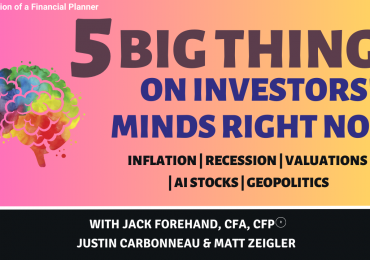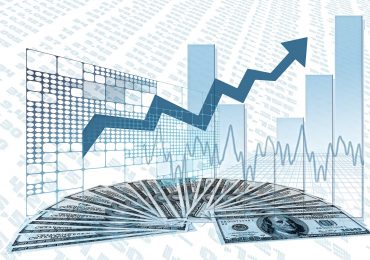Earlier this month, price spread between value and growth stocks was the largest it has been since 2000, writes Mark Hulbert in a recent MarketWatch article.
Hulbert offers data from Columbia University finance professor Kent Daniel showing that the average large-cap value stock’s price-book ratio is “barely half that of the average among large-cap growth stocks. Among small-cap stocks, value is even cheaper relative to growth.” The only time value has been relatively cheaper, according to Daniel, was when the internet bubble peaked.
“Researchers have found,” writes Hulbert, “that value stocks tend to perform particularly well over the ensuing 15 years, relative to growth stocks, whenever—like now—the value spread is widest.” Hulbert explains that optimism with respect to value stocks is essentially a bet that the market will revert to the mean: That is, “the most expensive stocks (i.e. growth) will eventually become less expensive, just as the cheapest stocks (value) will become less cheap.”
He qualifies his statement, however, by pointing out that such extreme valuation variances can take a while to shrink. He quotes famed value investor Jeremy Grantham of GMO who “used to assume it would take seven years for this reversion to the mean to largely occur. He recently suggested that it might now take as long as 20 years.”








